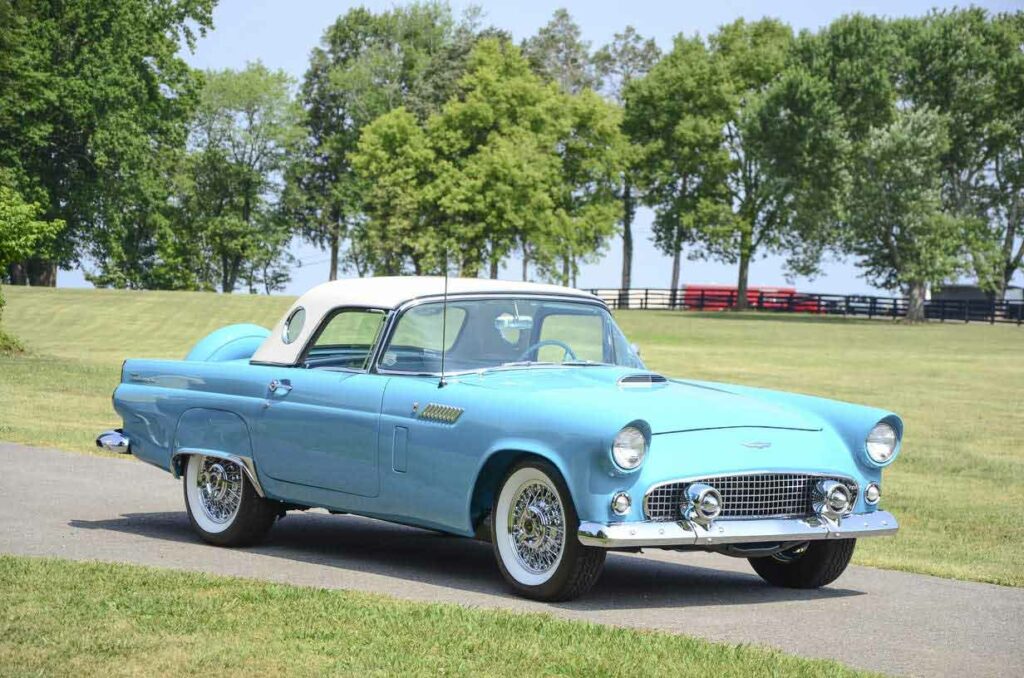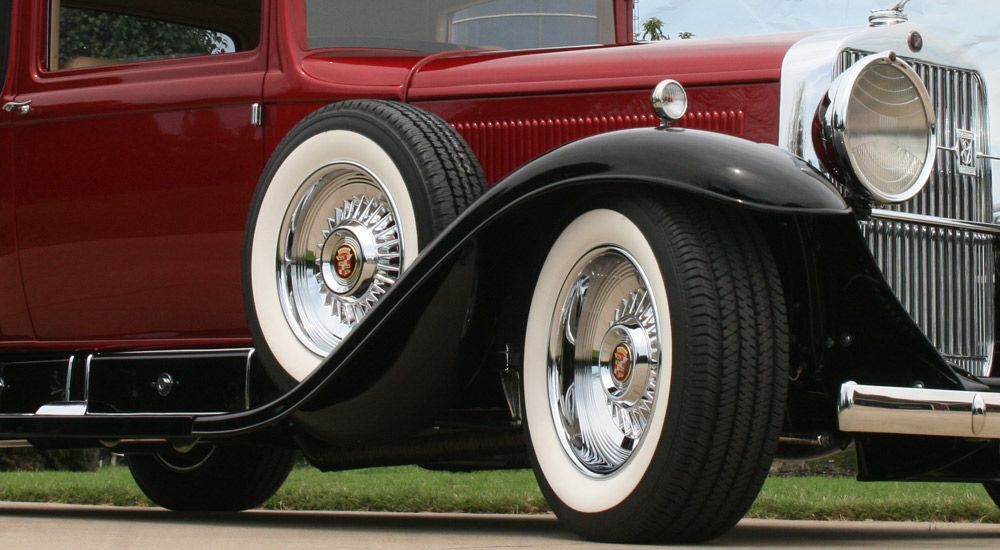In the early 1900s, white tires were used on vehicles. But did you know what stages it went through over time to become completely black today?
There are classic cars that look very attractive, especially in movies about old times when mafia culture was common. Although the films in question revolve around the mafia, we see that the beauty of these cars is mentioned at least once. Looking back today, not much has changed. There are still classic models that adorn the dreams of many people.
Here, of course, the part that plays the biggest role is their appearance. These vehicles, which had a long structure, went through aesthetic touches and were offered for sale in attractive colors. In a short time, when white tires entered the market, they became more attractive than ever. So, how did the adventure of tires that started with white reach today’s black color? Let’s see together.
Let’s go back to when the first cars as we know them were produced
In these times, which we can roughly identify as the early 1900s, the automobile industry was not even in its infancy. Instead, we can say that he was newly born. The vehicles had little range and were not comfortable. Especially the condition of the roads caused the parts to wear out quickly.
In the beginning, it was progressed with a rubber mixture for a while. However, due to the roads we mentioned, these tires were damaged quickly.
That’s why zinc oxide was added to the tire mix to increase durability

When this substance was white in color, the bright white color that we are accustomed to from films appeared on the tires. With the addition of this substance, road holding has increased. The situation thus became better than with the previous plain rubber. But with that, the tires had turned completely bright white.
But the real problem was that the zinc oxide-mixture tires didn’t last very long. Therefore, it was necessary to find a new method to save people from constantly buying tires.
Carbon Black
This substance, which was added to the tire mixture by B.F Goodrich in the 1910s, strengthened the tire and extended its service life. At the same time, controlling the heat accumulation in the tires was achieved with this substance. But with that the tires turned black.
The sides of the tires were left white, while the part in contact with the ground remained black
This calculated move to make the use of tires more efficient continued until the mid-1900s. So much so that, aside from the longer life of the tires, it was also known that they gave the vehicle an aesthetic appearance. But if only everything hadn’t remained in sight.
But when everything was going well, what happened to these white rimmed tires?

The 1900s were difficult for almost every country. Wars, famines, crises and many more have brought different difficulties to people at different times. With the increase in prices, the magic of these tires began to disappear. Because it needed constant maintenance, their prices had increased, and due to such different reasons, they began to be seen only in luxury automobile manufacturers such as Cadillac.
They were quite expensive for both the manufacturer and the buyer, and they got dirty quickly. In addition, the tires had a long and painful production process. When there were mistakes in production from time to time, the automobile manufacturers did not accept these tires and the tire manufacturers were making a loss. The interest of the buyers decreased due to many different reasons, especially the cost.
Meanwhile, a familiar face was on the rise
Yes, we are talking about the black tires we are all familiar with. These tires, which do not require as much maintenance as white rimmed tires and do not show as much dirt when dirty, did not require special materials for cleaning. Compared to these, it was necessary to obtain different cleaning materials for the white ones.
In short, having black tires was a luxury because of the cost of carbon black. As we explained later, white tires took the lead and contributed to the cool appearance of luxury vehicles. Meanwhile, black tires started to rise due to famines and crises.
You can still encounter them on classic vehicles today. But automakers won’t go back to a less durable model just because it looks good unless they have a more durable formula on hand.
